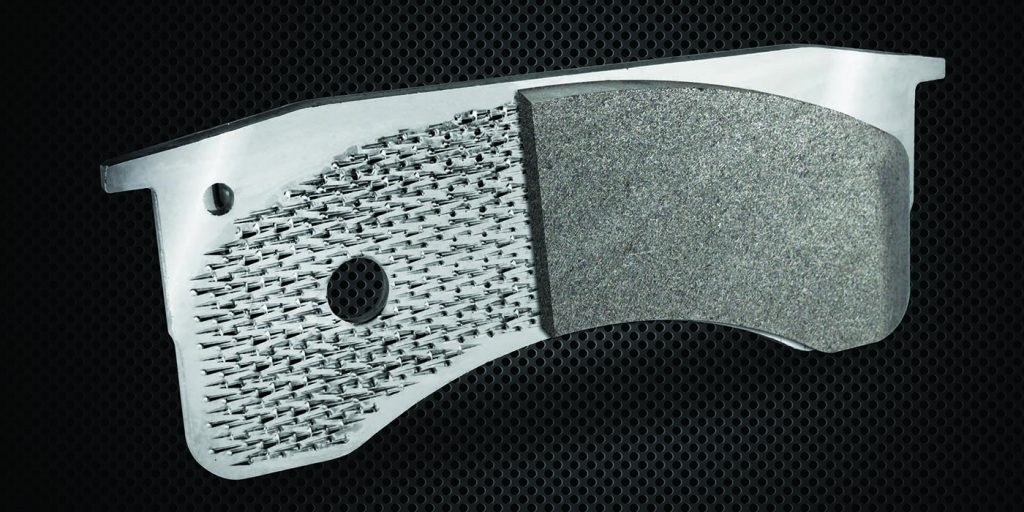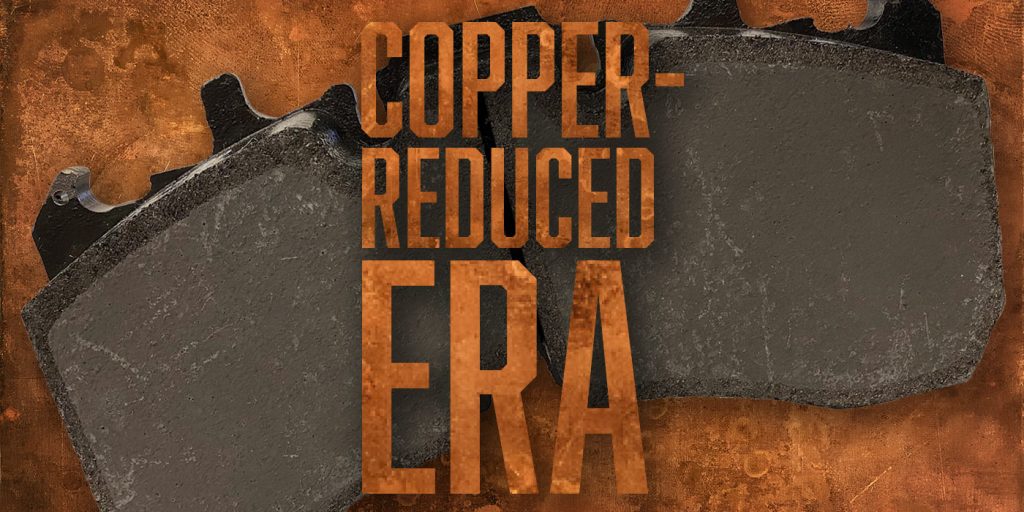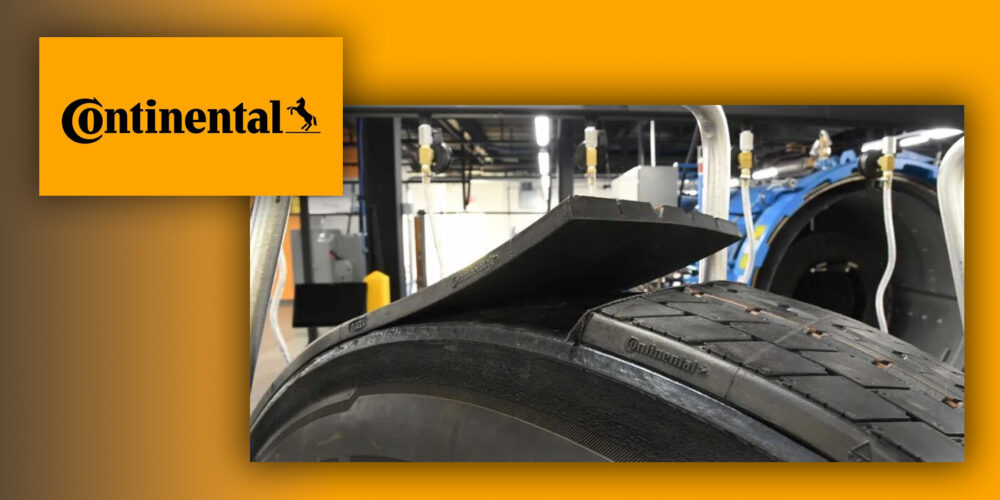Five years ago, an agreement between the EPA, states and automotive industry players was signed to reduce the use of copper in brake pads. Next year, brake pads will need to reduce copper to less than 5% by weight, and then less than 0.5% by 2025. There’s no magic button that will make this happen; it takes planning and preparation. As the first deadline looms next year, many brake pad manufacturers are ahead of the curve.
“Just like any recipe, one of the ingredients can be replaced by another,” said Joe Kay director of engineering for brakes with Meritor. He likened the copper-reduced concoction to baking a batch of cookies: “If one ingredient is changed, it will likely affect something. It could affect the taste, or the smell, how brittle it is, how flat it becomes, if it sticks to the pan or many other issues. The same thing has to be developed in brake pads when we eliminate the copper.”
Kay explained that the challenge is finding an ingredient, or in the creation of brake pads’ case, a suitable material, that can provide strength, have a stable friction characteristic and support creation of the transfer layer.
What that boils down to is that brake manufacturers needed to find a material that dissipates heat as well as or better than copper.
“Copper has played a significant role in how the basics of disc brake pads operate; since copper does not have one direct replacement, formulas of multiple new additives will need to be thoroughly tested and validated to ensure friction material performance is not compromised,” said Greg Dvorchak, engineering supervisor for application engineering with Hendrickson. “Removing a proven additive like copper from the formula without a direct, suitable replacement could adversely affect the longevity of the friction material and compromise its performance. Problems like premature wear of friction material and rotor cracking could occur, which may lead to additional costs in replacement of pads and added maintenance labor hours.”
“It takes hundreds of tests to get things just right,” Kay added. That means laboratory tests, test track runs and real-world fleet trials. “We need at least two years in service with lots of samples in order to make final judgment on whether the formula meets all expectations.”

The next level challenge
As you’re spec’ing and buying brake pad friction, you’ll want to talk about what “level” that brake pad friction meets. The National Sanitation Foundation (NSF) is a friction material registrar that has been authorized by the Brake Manufacturers Council (BMC) (aftermarketsuppliers.org/BMC) to license LeafMarks for use on friction materials complying with the new laws. They have set three levels that are meant to be an easy, at-a-glance way to tell the amount of copper in the pad:
- Level A: Limits levels of asbestos, cadmium, chromium, lead and mercury;
- Level B: Includes all the requirements of Level A and copper levels must be less than 5% by weight
- Level N: Includes all the requirements of Level A and copper levels must be less than 0.5% by weight.
B Level friction obviously conforms to 2021 requirements whereas N Level friction conforms to 2025 requirements. Many OEM-level brake friction manufacturers are meeting B Level requirements with their sights set squarely on N Level friction development.
“Balancing the key requirements for friction—stopping power, durability and wear—has been a bit more of a challenge at this level,” said Ron Moody, chief engineer of mechatronics with Haldex, echoing what nearly all brake pad manufacturers told Fleet Equipment. “Engaging with a variety of suppliers and conducting numerous tests across the evaluation spectrum has allowed us to identify compounds and mixing methods that achieve a strong balance even at this low level of copper content.”
“Commercial truck brake manufacturers do not want to adversely jeopardize brake performance,” noted Keith McComsey, director of marketing and customer solutions, wheel-end, at Bendix Spicer Foundation Brake, when discussing meeting the 2025 requirements. “Basically, new raw materials were developed in order to produce somewhat similar characteristics currently found on formulas with copper. Those characteristics have a higher impact in applications that work in a higher temperature due to thermal conductivity. Our initiative is that new reduced copper content formulas would be designed to keep the same performance levels.”
According to Troy Hylton, vice president of engineering for NRS Brakes, another wrinkle in meeting requirements is looking at the pad holistically:
“One of the biggest challenges not being met by many brake pad manufacturers is the use of paint that contains copper and other hazardous metals that is chipping away as debris into our water systems.”
Important note! It’s not required that brake manufacturers register their brake pad materials with the NSF. It’s also not required that all fleets are compliant with the copper reduced mandate. That brings us to …
What fleets need to be compliant
Currently, there are two stand-out states that the reduced copper requirements impact: California and Washington. Come next year, only B Level friction will be sold in those states, and then N Level friction will follow in 2025. Your primary concern should be ensuring that the new friction meets your expectations. Safety first.
“Different formulas will result in performance differences,” Meritor’s Kay noted. “Commercial trucks have a large variation in weight carrying capability and duty cycle; therefore, the testing and acceptance criteria is critical. Getting the total formula to behave consistently and predictably across the variety of instances a truck goes through is Meritor’s objective.”
You can be sure that this objective is shared by many manufacturers in the industry, but how brake products perform in your specific spec, driver behavior profile and application can vary. Today, you might be able to ballpark your brake pad need for the year, but going into 2021, and especially if you’re operating in California and/or Washington, you’ll want to keep an eye on your brake pad replacement frequency.
“As with every operational change, fleets will be well served to keep good records and share these with their OEM partners at the vehicle, brake and friction provider levels,” Haldex’s Moody said. “Because driver behavior and operating environment have significant impact on shoe/pad life, fleets will need to look at multiple vehicles across multiple intervals to get a solid picture of the impact, if any, of this change.”
What about drum brakes?
“Most of them were already 2025 copper compliant,” answered Hendrickson’s Dvorchak, “Because of the larger surface area that drum brakes have, they do not require metals like copper to obtain good performance. The few drum brake formulas that do exist that contain some copper can more easily be re-formulated.”
All brakes are not created equal. For more on brake pad development, click here to see why you should consider your aftermarket brake options carefully.














